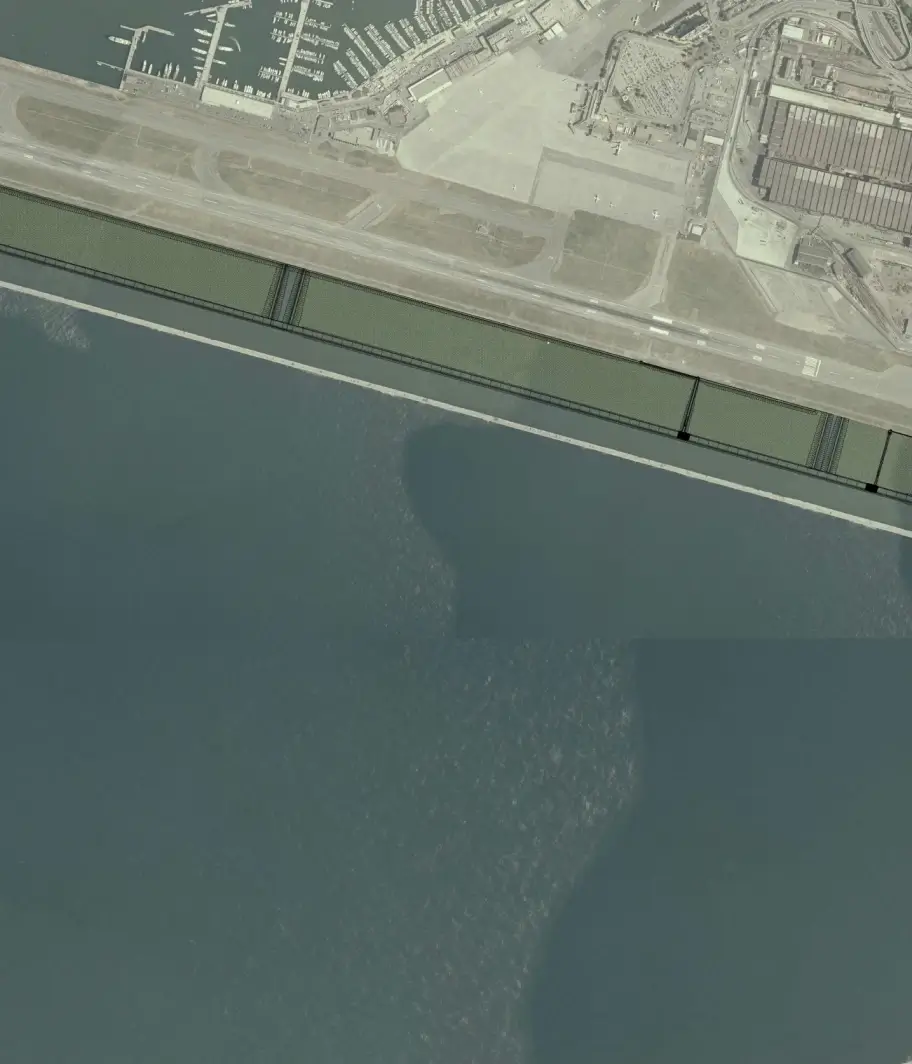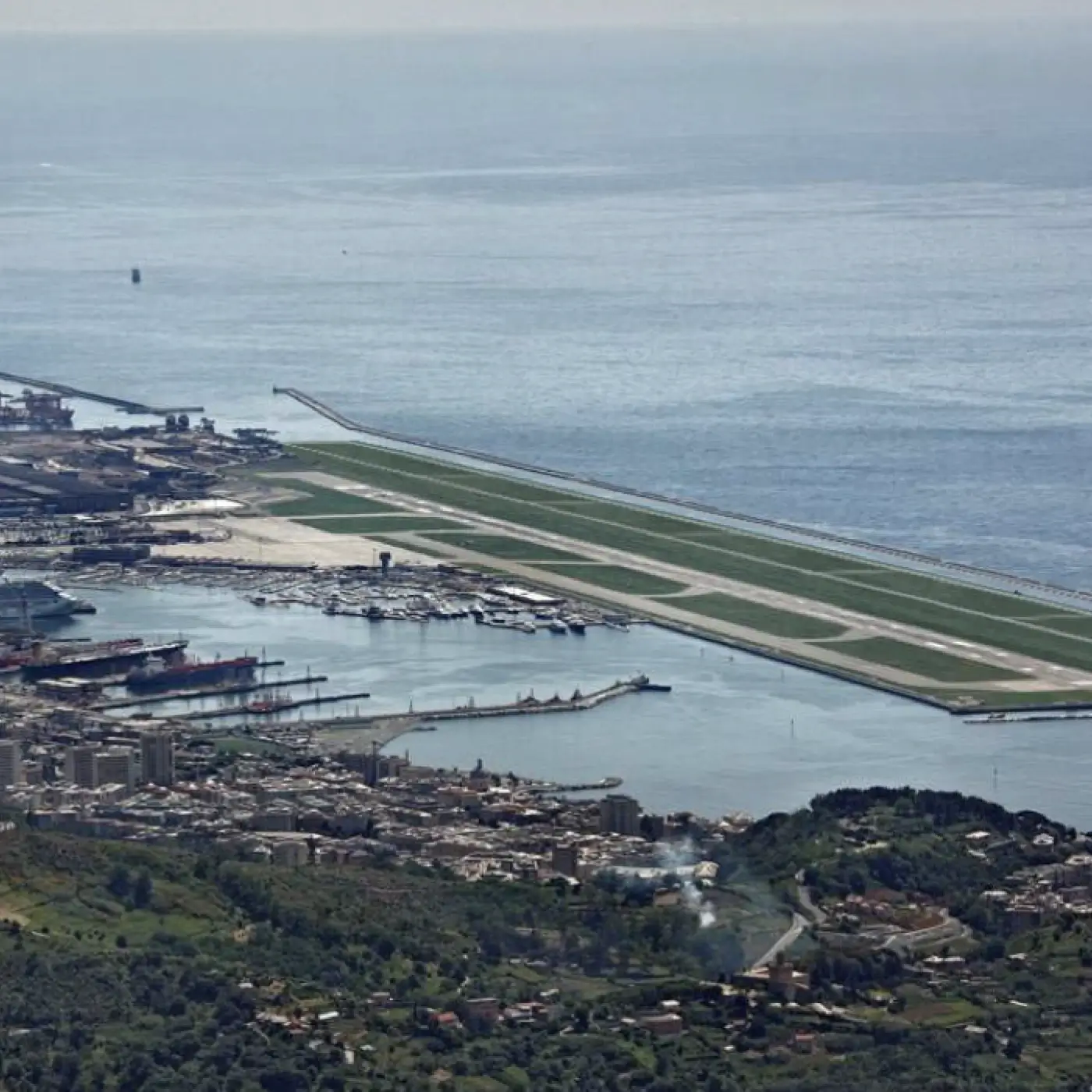
Gronda di Genova
The work will be carried out inside a part of the Calma Canal of the port of genoa, i.e. the port basin between the platform of the 'Cristoforo colombo' airport and the breakwater. Containment basins will be placed inside the basin to house the excavated material.

safe re-use of part of the excavated material, the storage of which in the quarry would have been a deal breaker in the Genoese context due to the lack of storage sites;
the seaward extension of the current Genova-Sestri airport runway, which resolves the current "non-compliance" due to the reduced size of the runway strip, bringing it back to safety (150m) according to the requirements of the National Civil Aviation Authority;
the protection of the airport infrastructure from significant weather events.
perimeter of the work totalling
3.847 m
Construction of
5 embankments
for subdivision into basins of varying sizes

Subdivision into
(A1 A2, A3)
+
2 smaller tanks
(W1 and W2)
Laying an alignment of approx.
170 caissons
About
8.300.000 cubic metres
of useful volume for filling
Features of the maritime work
The Calma Canal currently serves to disperse waves that are not blocked by the breakwater when it is not being used for navigation. The canal's design, including the seabed configurations and width, will ensure that it can effectively regulate water flow and serve as a controlled transit route. The project aims to enhance the airport's functionality and address the issue of where to put excavated soil and rocks that would otherwise need to be disposed of.


Procedures for the delivery
The excavated material will be transported in two different ways, depending on the characteristics duly verified through soil and rock sampling:
1. if free of asbestos, the material may be transported by road directly to the maritime work construction site.
2. if containing asbestos in quantities below the regulatory thresholds (asbestos concentration < 1000 mg/kg), excavated soil and rocks will not be transported by road but by slurry pipeline.







